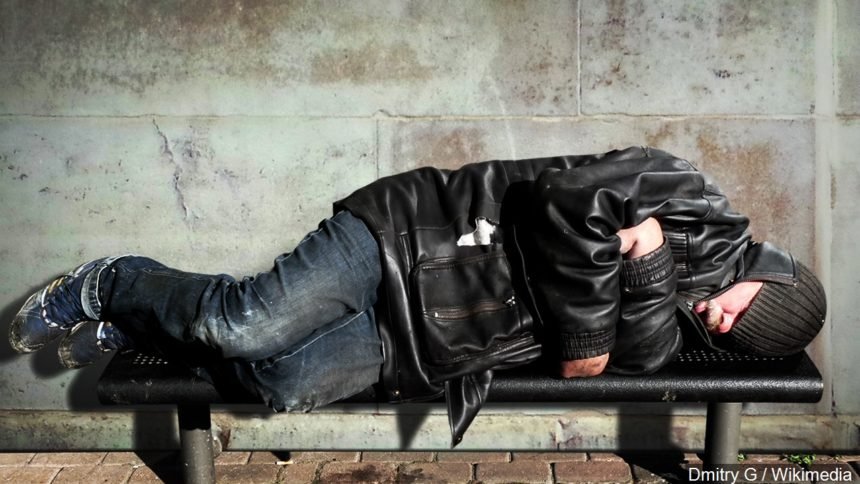New Mexico homelessness rate on the rise, highest in nation

ALBUQUERQUE, New Mexico — Homelessness in New Mexico continues to grow, according to ABC affiliate KOAT.
A recent report by the U.S. Department of Housing and Urban Development found that from 2018 to 2019, New Mexico had a 27 percent increase in homelessness, the largest spike in the nation.
"We see so many more homeless people coming and sleeping in the area, and wanting and needing for food," said Swarupa Watlington, the executive director of Store House New Mexico.
Watlington said homelessness in the state has always been a problem.
"The numbers go up, the numbers go down," Watlington said.
The HUD data came from the Point-in-Time count, which counts sheltered and un-sheltered people, but only every two years.
"That's not all being driven by Albuquerque. Our increase in homelessness has been more around 15 percent [in Albuquerque], and yet we're seeing 27 percent, so some of that is being driven by what's happening elsewhere in the state too," said Lisa Huval, the deputy director for Housing and Homelessness for the city of Albuquerque.
"So they are kinda comparing a mix of things here, and we can get caught up in some of the nuisance stuff... but I think the story it tells is pretty clear that New Mexico is seeing a much bigger increase in homelessness than other states are seeing," she said.
Despite what the percentage is, advocates said it's important we look at the individual and not the number.
"The increase over the last year is startling, but it also needs to be taken into context," Dennis Plummer, the CEO of Heading Home, said. "That's a one year to year analysis, and really for a scientific approach you need like six data points."
Huval said the Point-in-Time data does have limitations.
"It's not that I want to diss the data, and I do think it has a story to tell about what's happening in our community," Huval said. "But we have to look at the data understanding its limitations."
While the issue of homelessness is complex, advocates said it's not complicated.
"The alarm should not be is the number increasing, but an alarm to and a call to action to actually house people," Plummer said.
